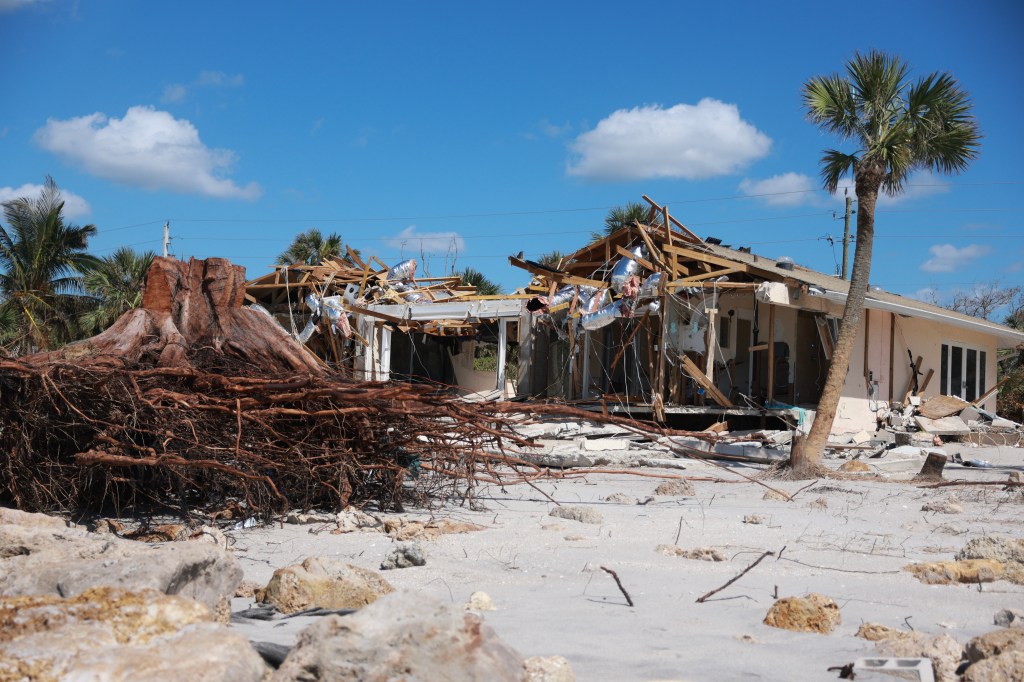Despite gloomy predictions from early last week, total damages from Hurricane Milton were less serious than predicted, with the storm narrowly missing Tampa. The near-miss has given the expanding insurance-linked securities market a boost.
Catastrophe bonds, or cat-bonds, are issued by insurers or government entities to manage their exposure in the event of a massive disaster. The bonds proffer a simple bargain: if an enumerated catastrophe does not occur before a maturity date, the holder gets its principal back, and keeps the interest.
But if the disaster does occur, the insurer keeps some or all of the bond’s principal, and its repayment obligations are suspended or voided.
Often specific conditions have to be met before an insurer gets a payout, including a damage threshold. This can be high. Last year, Hurricane Beryl, which battered Jamaica, nevertheless failed to cross World Bank-brokered payout thresholds. That event raised questions of whether the bonds are serving their ostensible purpose.
And investors are certainly willing to engage in protracted legal battles over whether those thresholds have been crossed.
Appetite for destruction
Catastrophe bonds are often purchased by institutional and high-net-worth investors who are attracted by the promise of their steep returns when compared to lower-risk debt securities.
Though in existence since the 1990s, these insurance-linked securities have exploded in popularity over the last few years, tracking a general uptick in market-decoupled contracts that often resemble gambling on future events.
The catastrophe bond market is forecast to expand to $50 billion in outstanding debt by the end of next year, and investors raked in an average return of 20% in 2023. That popularity comes despite severe weather events becoming increasingly common due to the effects of global warming.
Hurricane Milton
Bondholders faced anxiety early last week as Hurricane Milton was forecast to be one of the largest to make US landfall in nearly a century.
Insurers predicted the cost of damage could be as high as $150 billion, a percentage of which was expected to be paid from catastrophe bonds triggered by massive wind damages (flood damages are not typically covered by most storm-linked bonds). Some predicted that catastrophe bonds would lose up to 15% of their value due to the damage.
However, the bonds might only see a total dip of 4%, according to ESG investment strategist Icosa. Hurricane Milton did not directly hit Tampa as feared, and an intervention of wind patterns led to a reduction in the storm’s category from IV to III.
This led to total losses of around $35 billion to $45 billion, according to analysts at Bloomberg Intelligence.
Though still cautious, insurers also breathed a sigh of relief.













